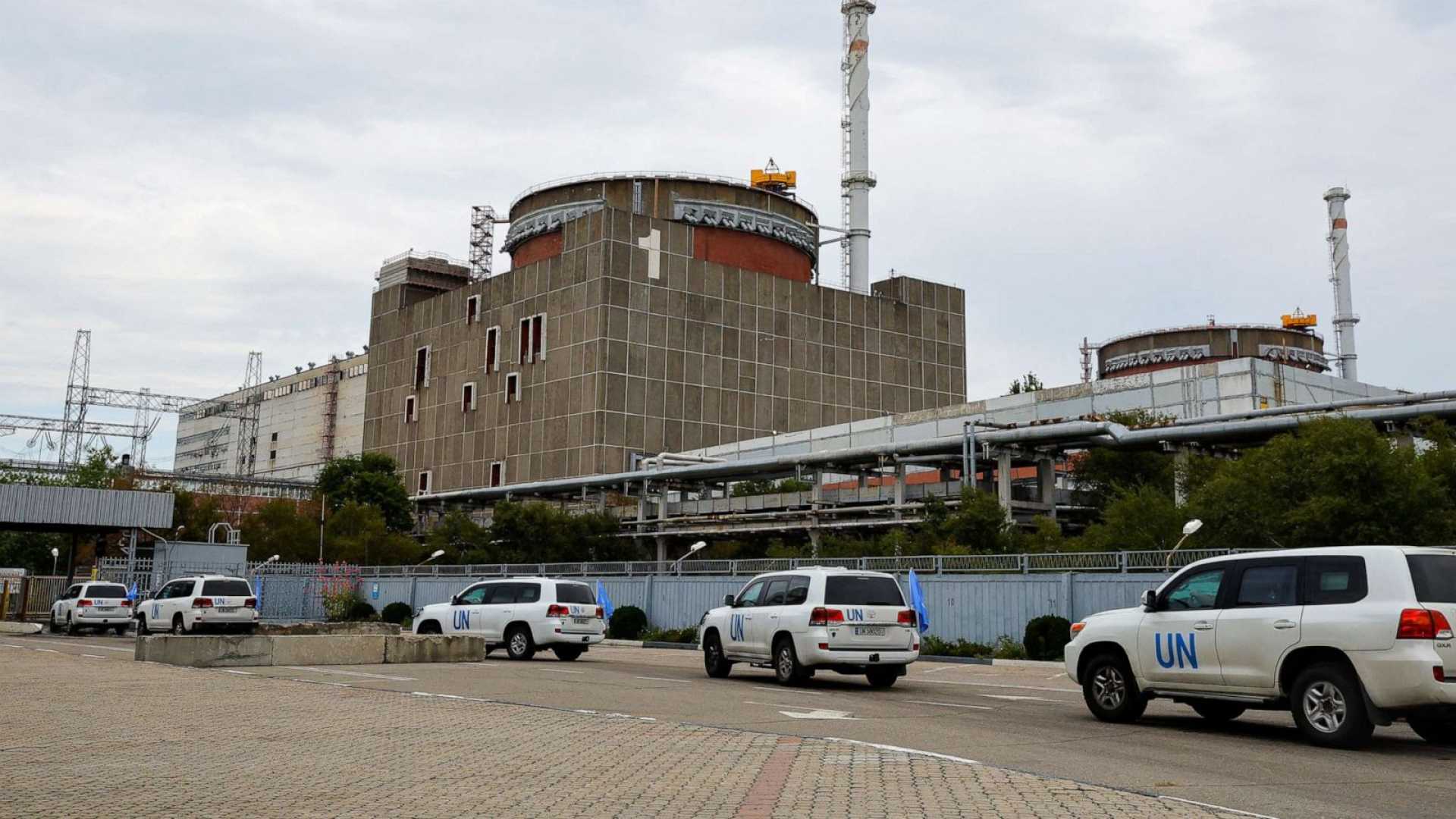News
IAEA Reports Increased Risks at Zaporizhzhya Nuclear Power Plant

VIENNA, Austria – The International Atomic Energy Agency (IAEA) continues to emphasize the importance of its presence at the Zaporizhzhya Nuclear Power Plant (ZNPP) amid ongoing military activities in the region. Director General Rafael Mariano Grossi highlighted that the Agency has maintained a constant presence at the site for nearly three years to help mitigate nuclear accident risks.
In the past week, IAEA teams reported hearing military operations almost daily around the ZNPP. Additionally, alarms for air raids were triggered regularly at the Khmelnytskyy, Rivne, and South Ukraine nuclear power plants as well as at the Chornobyl site. Early Thursday, the team at Chornobyl was startled awake by explosions, which were later confirmed to be linked to anti-aircraft fire responding to drones detected near the Exclusion Zone, approximately five kilometers away.
Grossi expressed his ongoing concerns regarding the drone activity, stating, “I renew my call for maximum military restraint to prevent a nuclear accident.” His comments come in light of the newly constructed dam meant to isolate one of ZNPP’s channels from its cooling pond, which supplies crucial water for various plant safety systems.
Although the ZNPP’s six reactors have been in cold shutdown since spring 2024, cooling water remains essential for safety systems, reactor cores, and spent fuel pools. To preserve cooling water, the dam was built to support other systems, while on-site groundwater wells continue to provide necessary supplies. Current assessments reveal that water levels in the channel are well above the operational threshold for cooling pumps.
The potential loss of cooling water poses serious safety concerns, as stated by Grossi. “This underscores the ongoing challenges in ensuring reliable cooling water for the ZNPP’s six reactors and their safety systems needed to maintain long-term cold shutdown,” he noted.
The ZNPP has been relying on a single off-site power line for over three months, significantly increasing vulnerability. The IAEA plans to conduct further monitoring of this external power situation, which remains precarious. Meanwhile, two of the nine reactors at Ukraine‘s other three operating nuclear plants are currently shut down for maintenance and refueling. Recently, power levels of two reactor units were temporarily reduced due to grid limitations but have since stabilized.












